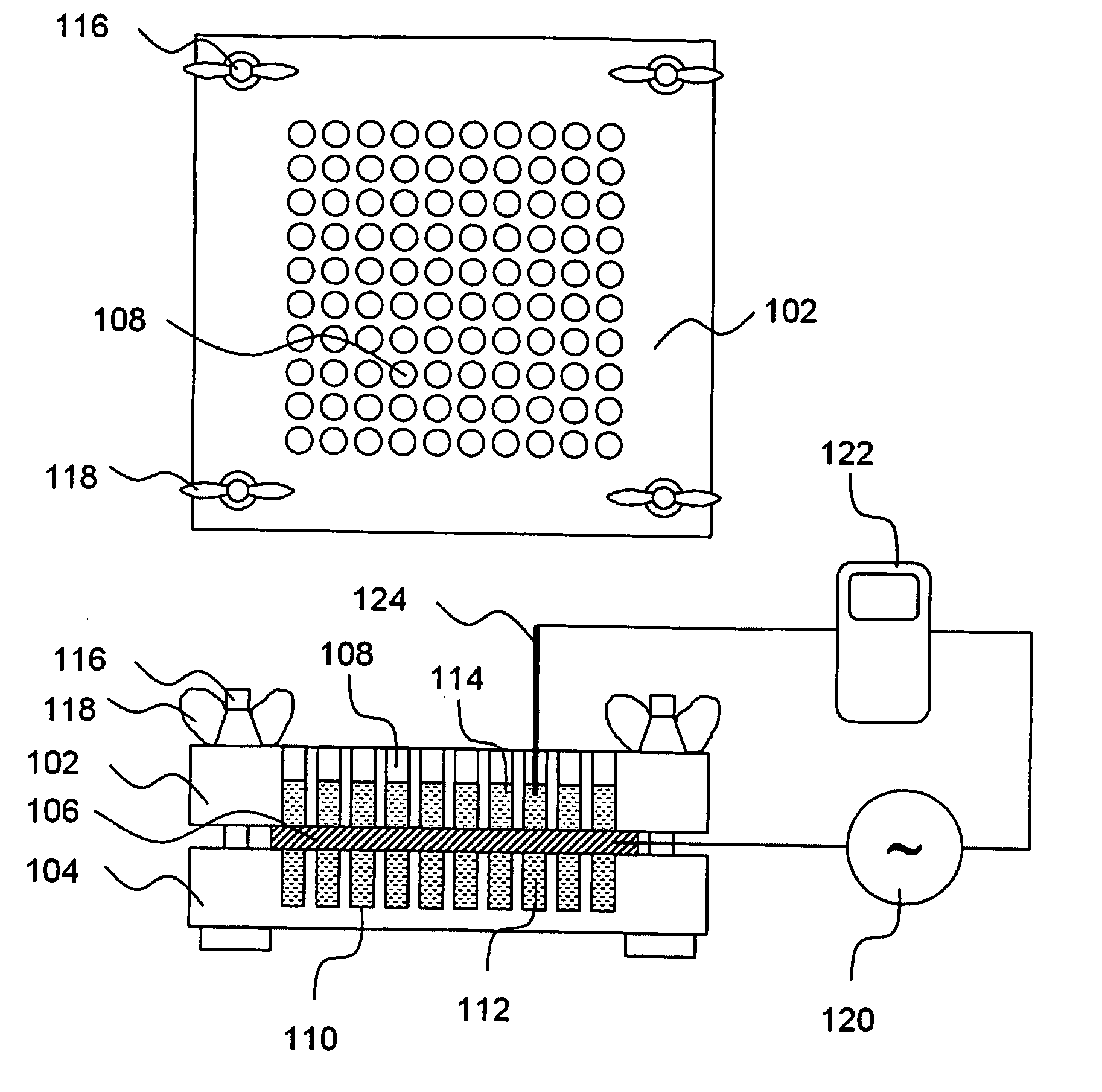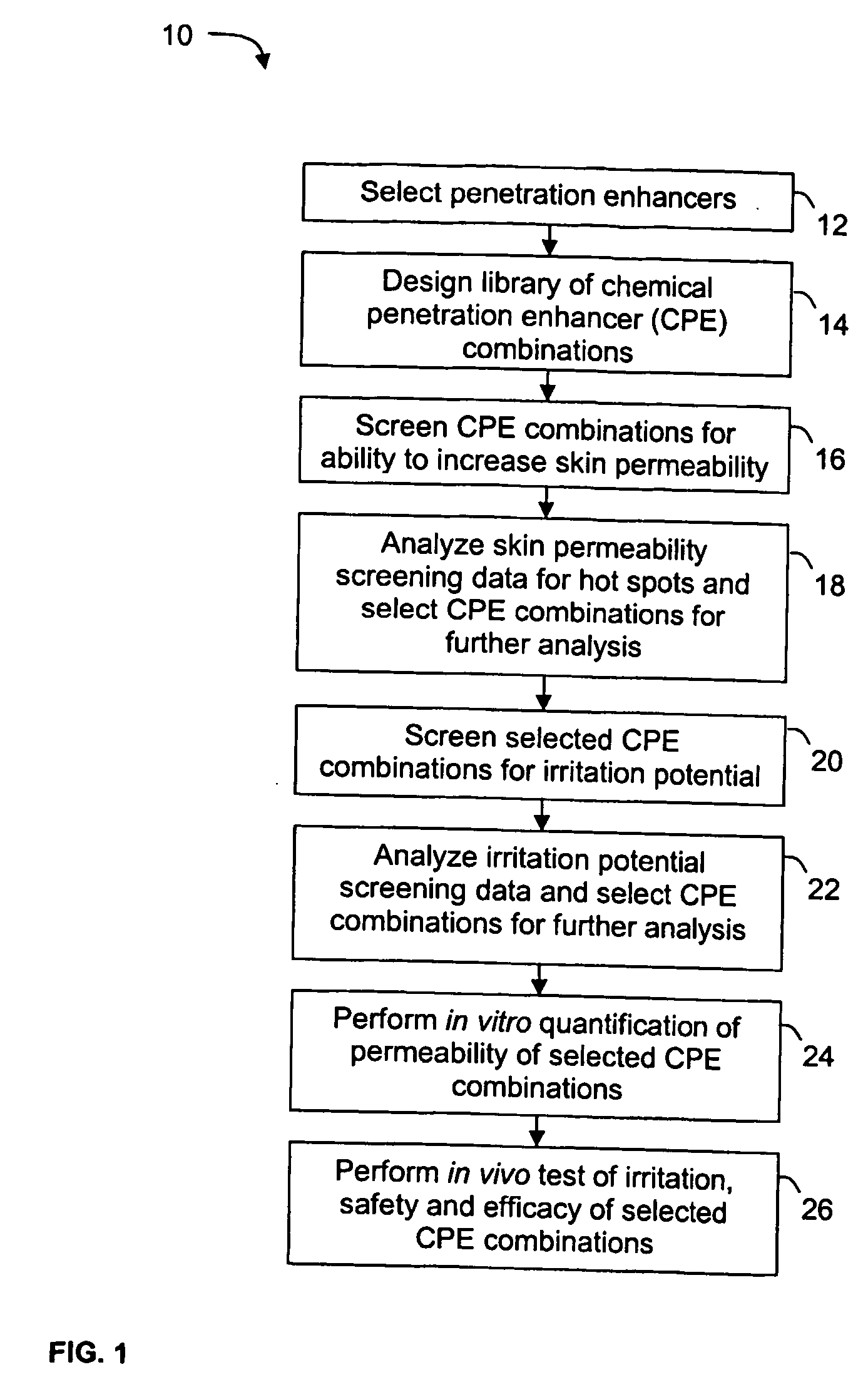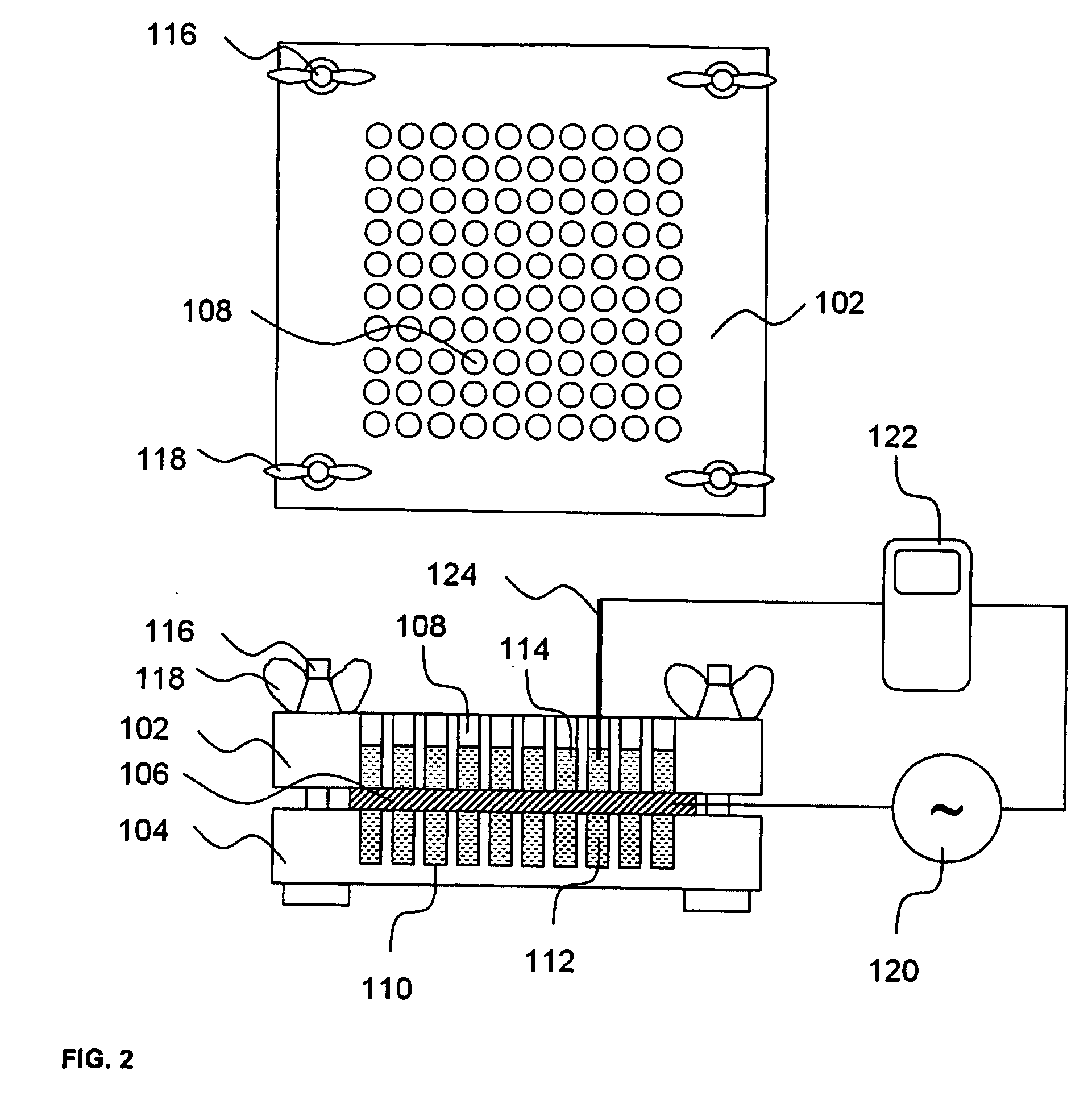Penetration Enhancer Combinations for Transdermal Delivery
a technology of enhancer and transdermal delivery, which is applied in the direction of biocide, bandages, instruments, etc., can solve the problems of insufficient disruption of lipid bilayers, insufficient irritation of transdermal delivery of high molecular weight drugs, and primarily hinder the development of transdermal products for macromolecules, etc., to facilitate the transport of macromolecules through the epidermis and into or through the epidermis
- Summary
- Abstract
- Description
- Claims
- Application Information
AI Technical Summary
Benefits of technology
Problems solved by technology
Method used
Image
Examples
example 1
[0338] A library of CPE combinations was developed using the thirty-two individual CPEs listed in the right hand column of the table shown in FIG. 3. The thirty-two CPEs listed in FIG. 3 are referred to as “library CPEs” in Example 1, Example 2, Example 3 and Example 4. Each of the library CPEs was assigned an abbreviated name as shown in the left hand column of the table in FIG. 3, to facilitate tracking and analysis of data. The library CPEs were assigned to one of eight general categories, with four of the CPEs in each. The eight categories and their CPEs were: (i) cationic surfactants (cetyl trimethyl ammonium bromide, dodecyl pyridinium chloride, benzyl dimethyl dodecyl ammonium chloride, octyl trimethyl ammonium bromide); (ii) anionic surfactants (sodium dodecyl sulfate, n-lauryl sarcosine (CAS number 137-16-6 also called sodium lauroyl sarcosinate), sodium octyl sulfate, sodium lauryl ether sulfate), (iii) zwitterionic surfactants (hexadecyl trimethyl ammoniopropane sulfonate...
example 2
[0357] In vitro FDC experiments were performed to evaluate the ability of formulations containing an SLA:PP SCOPE formulation to enhance the delivery of test molecules with a range of molecular weights across the stratum corneum. Test molecules whose transport properties were measured were mannitol (MW≈180 Da, a small molecule), methotrexate (MW≈454 Da, a small molecule), luteinizing hormone releasing hormone (LHRH, MW≈1.2 kDa, a peptide), inulin (MW=5 kDa, a polysaccharide), low molecular weight heparin (LMWH, MW≈10 kDa, a polysaccharide) and an oligonucleotide (ODN, MW≈˜15 kDa). Concentration changes of the molecules due to transport were measured using radiolabeled chemicals. 3H-labeled forms of the test molecules were obtained from the following sources: mannitol, methotrexate, inulin and LMWH were acquired from American Radiolabeled Chemicals of St. Louis, Mo. (www.arc-inc.com); LHRH was obtained from NEN, now part of Perkin Elmer, Wellesley, Mass. (www.Derkinelmer.com); ODN wa...
example 3
[0360] In vivo experiments were performed using hairless rats (250-280 gm) from Charles River Laboratories, Wilmington, Mass. (www.criver.com). All experiments on the animals were performed according to institutionally approved protocols at the University of California, Santa Barbara. Animals were anesthetized using isofluorane (1.25-3% isofluorane in oxygen). 1 gm of a either a control gel containing leuprolide or a gel containing the CPEs SLA and PP and the drug leuprolide was applied to the lateral side of the rat above the left hind leg over a skin area of 9 cm2. The control gel utilized 2 mg / ml leuprolide dissolved in PBS containing 1.8% wt / vol hyaluronic acid. The second gel, based on the SLA PP SCOPE formulation discovered in Example 1, contained 2 mg / ml leuprolide, 0.35% wt / vol SLA, 0.15% wt / vol PP and 1.8% wt / vol hyaluronic acid in 1:1 PBS:EtOH. A thin polymer sheet was placed on the gel patches and the edges sealed with a cyanoacrylate adhesive. The animals were allowed to...
PUM
| Property | Measurement | Unit |
|---|---|---|
| molecular weight | aaaaa | aaaaa |
| molecular weight | aaaaa | aaaaa |
| molecular weights | aaaaa | aaaaa |
Abstract
Description
Claims
Application Information
 Login to View More
Login to View More - R&D
- Intellectual Property
- Life Sciences
- Materials
- Tech Scout
- Unparalleled Data Quality
- Higher Quality Content
- 60% Fewer Hallucinations
Browse by: Latest US Patents, China's latest patents, Technical Efficacy Thesaurus, Application Domain, Technology Topic, Popular Technical Reports.
© 2025 PatSnap. All rights reserved.Legal|Privacy policy|Modern Slavery Act Transparency Statement|Sitemap|About US| Contact US: help@patsnap.com



